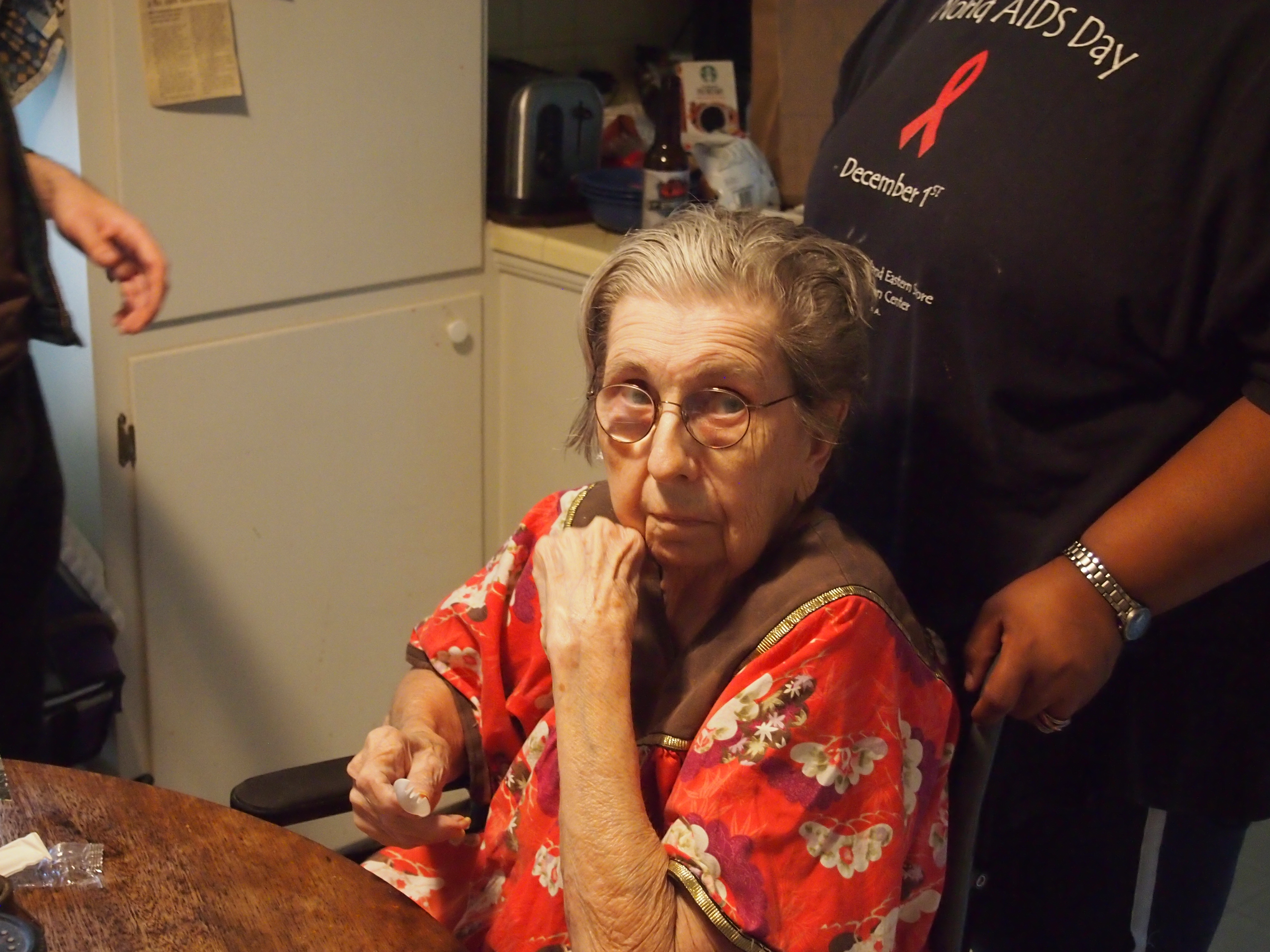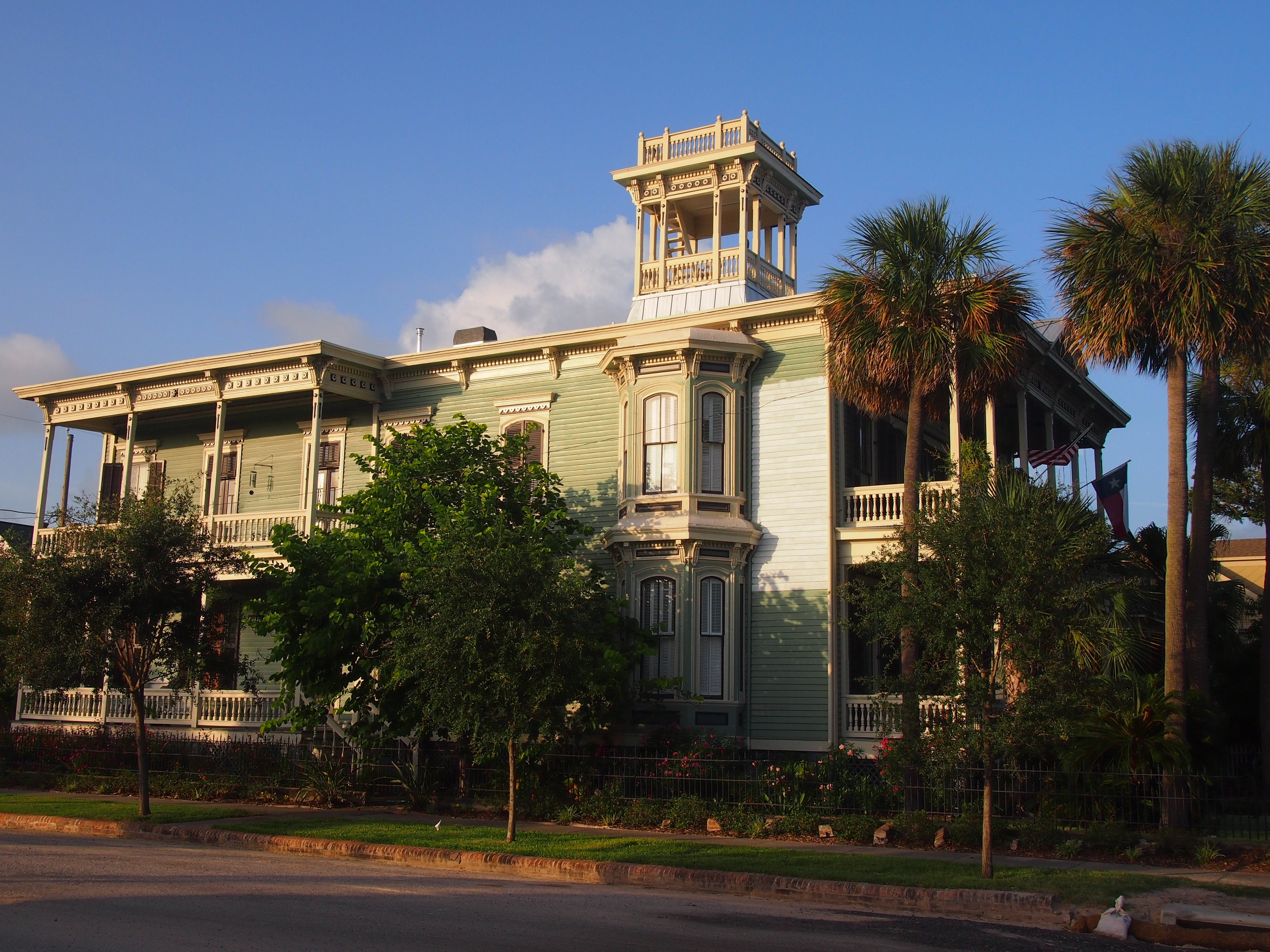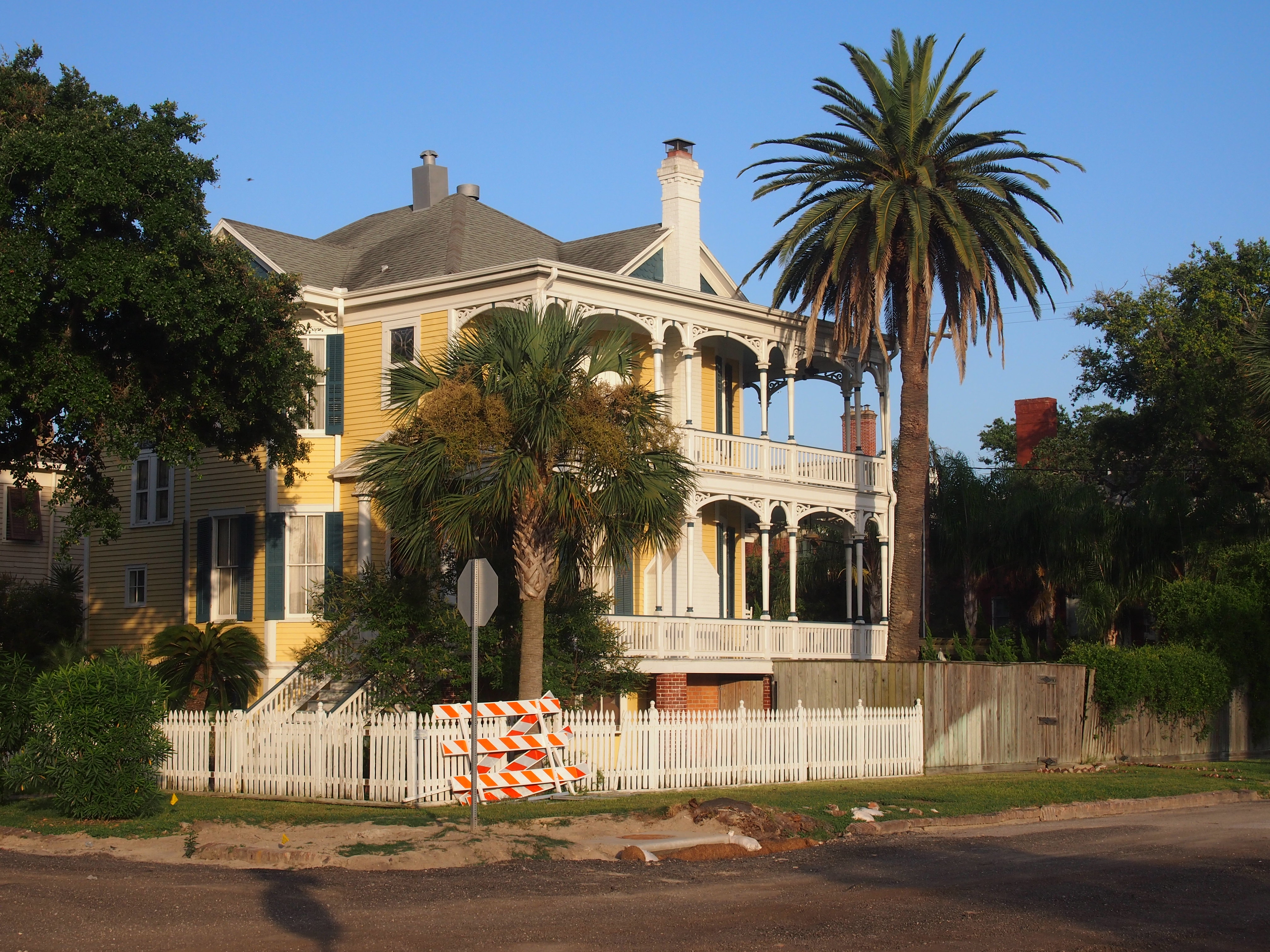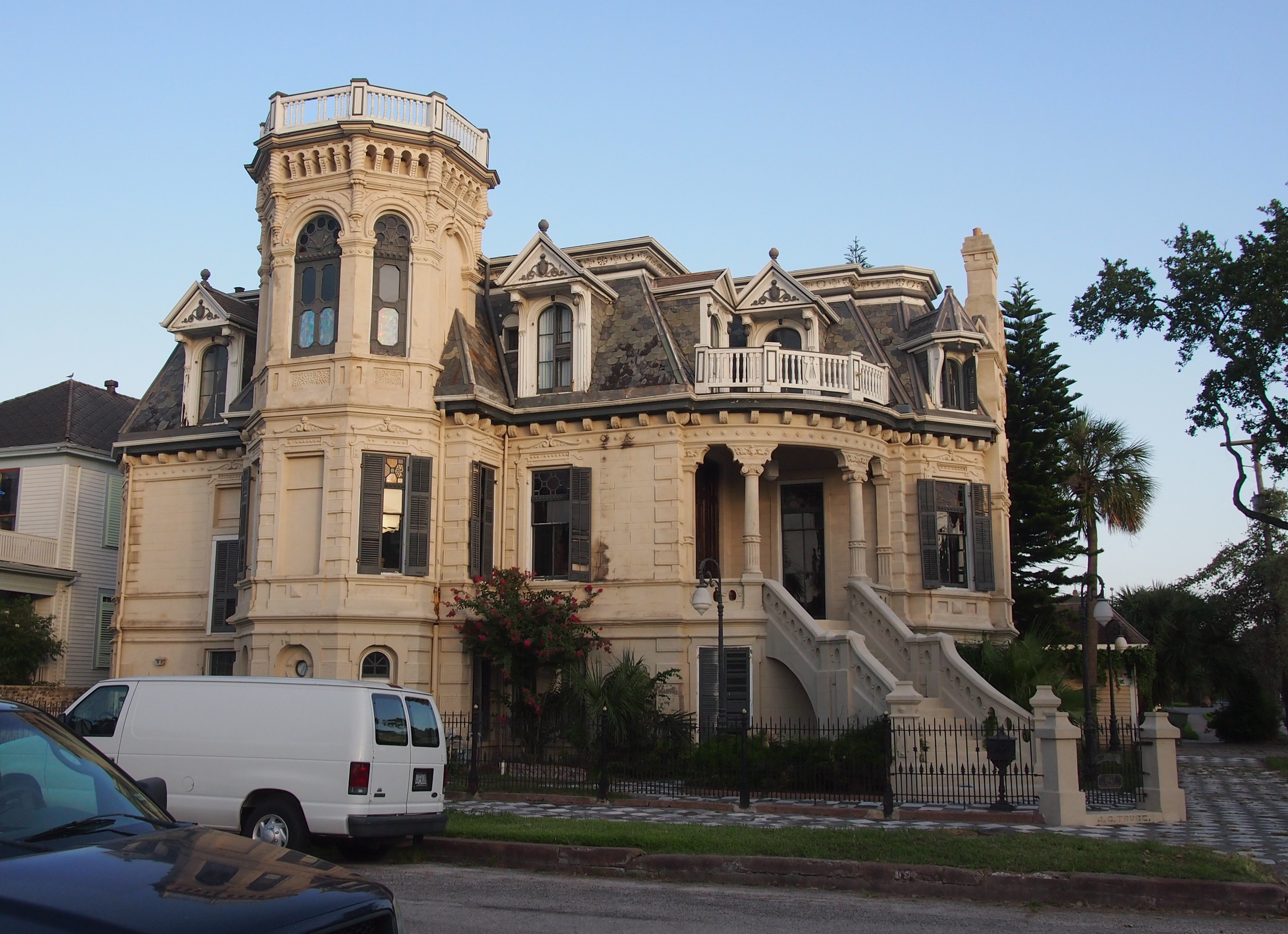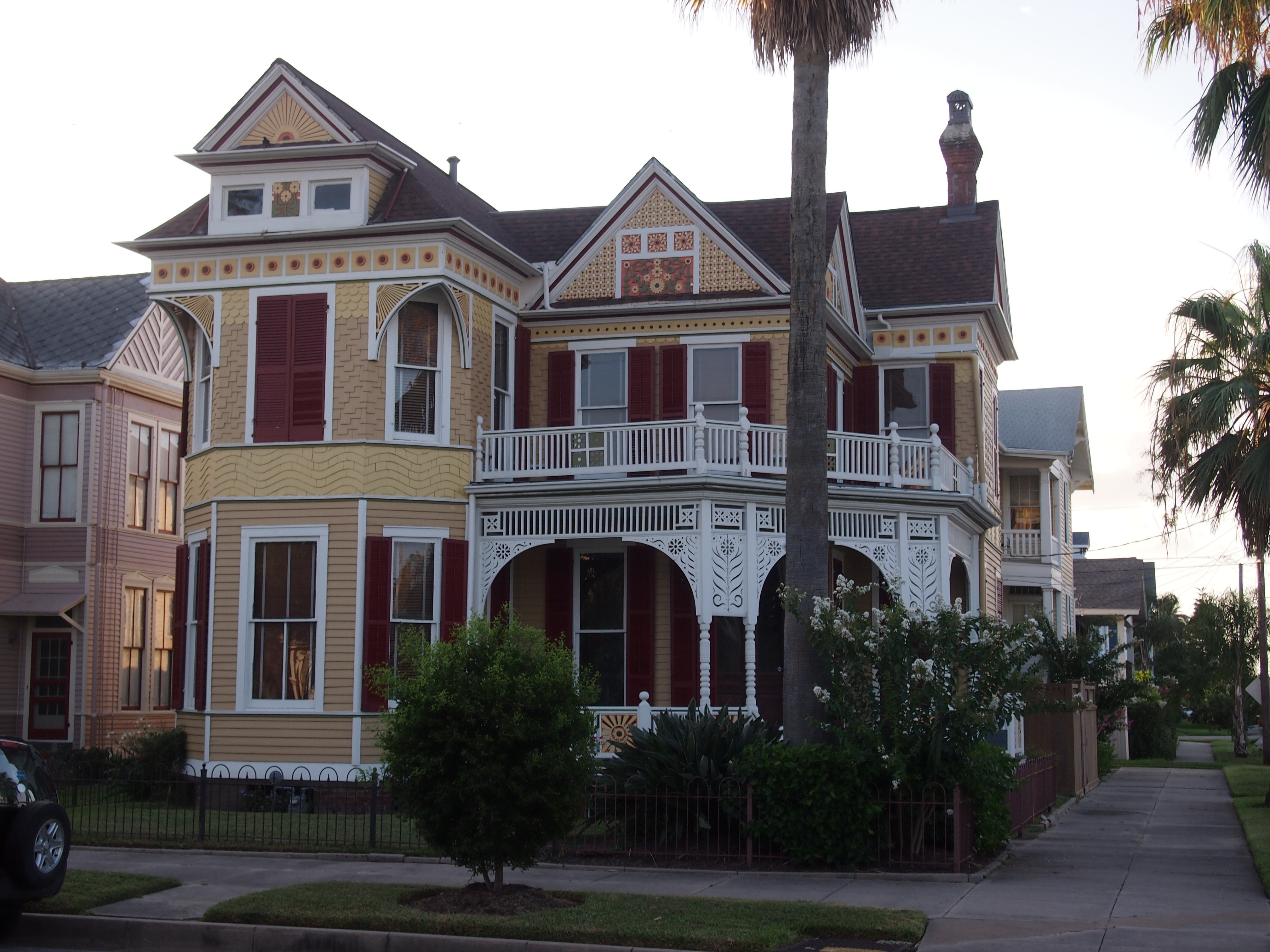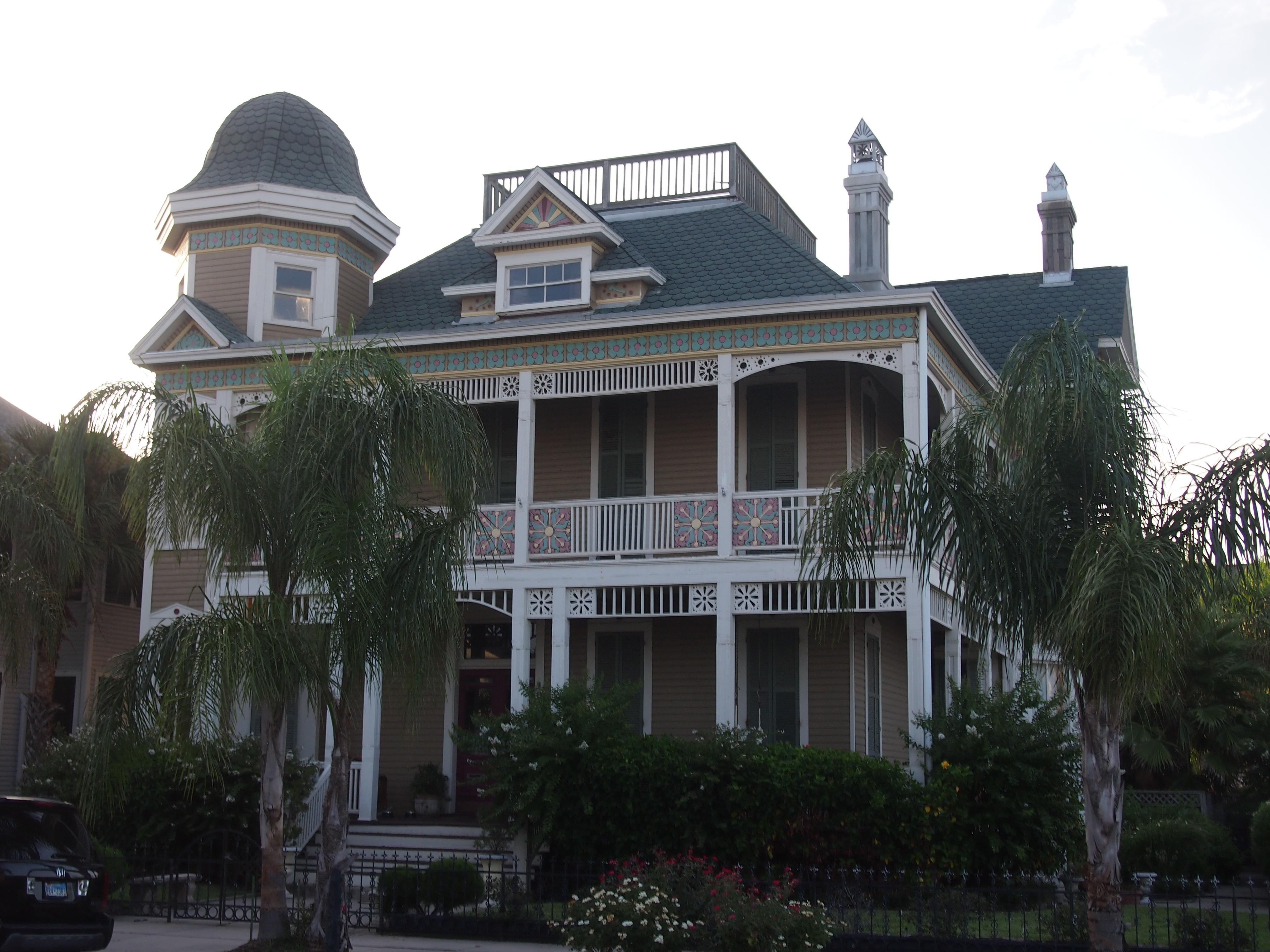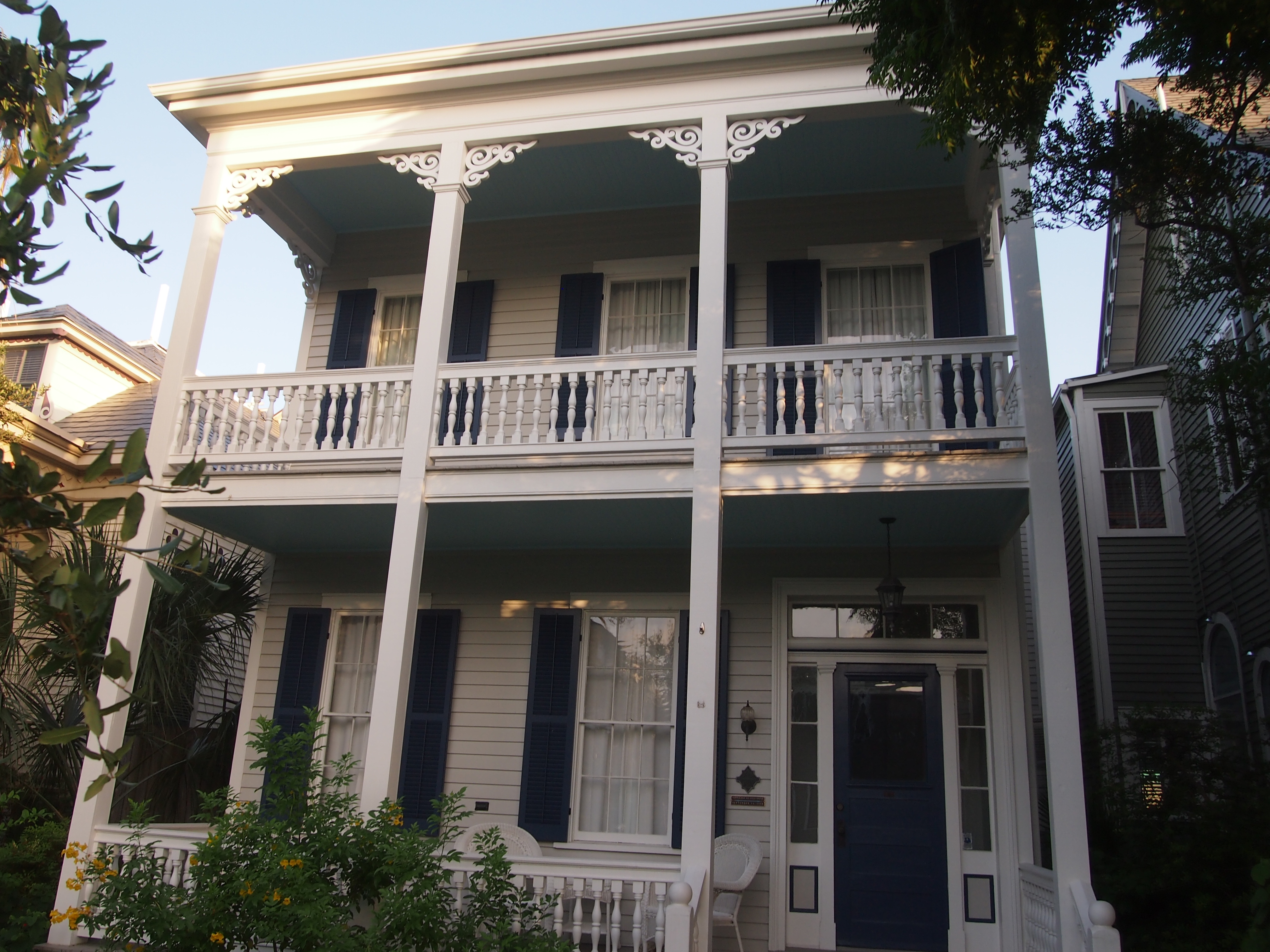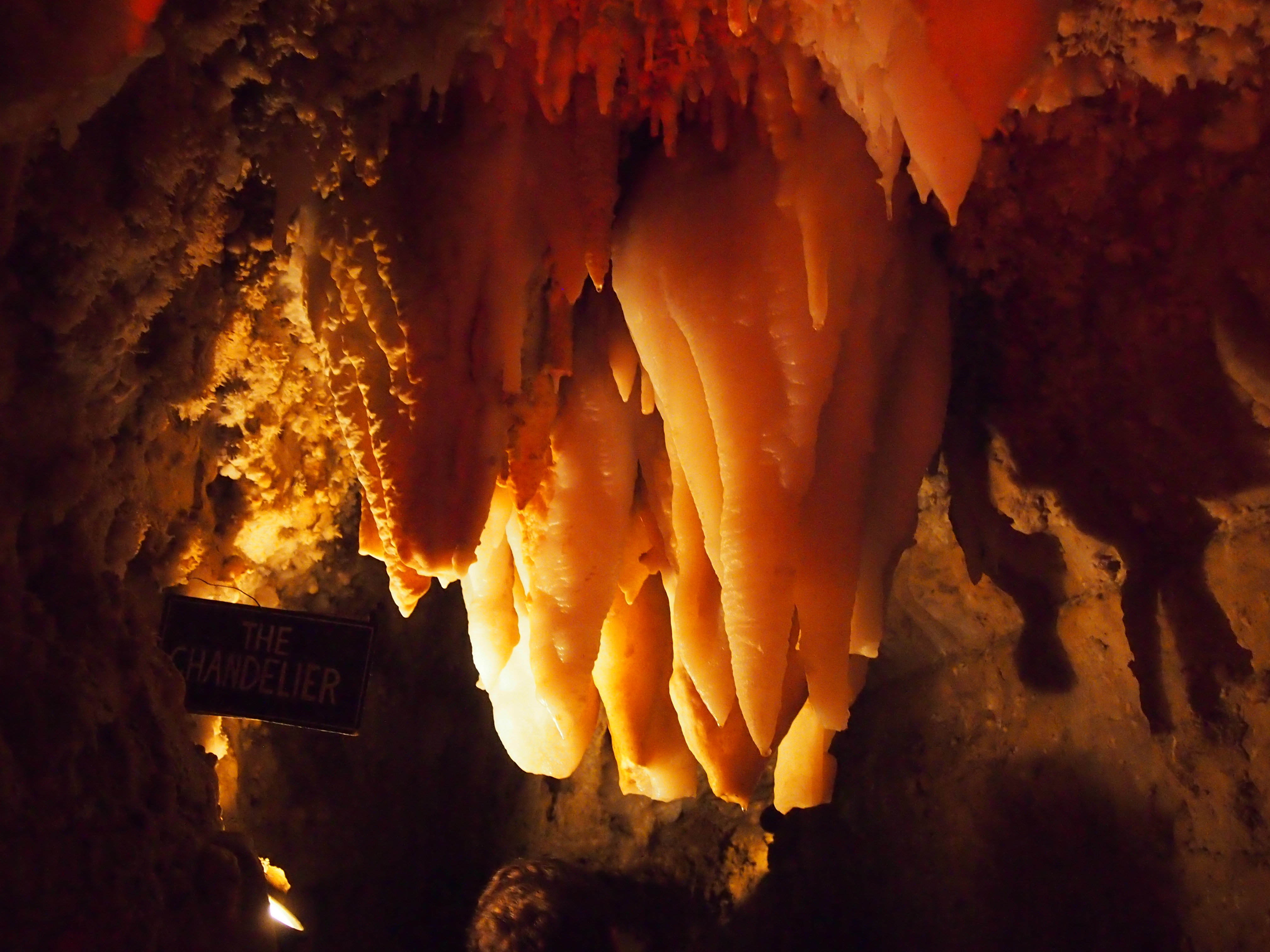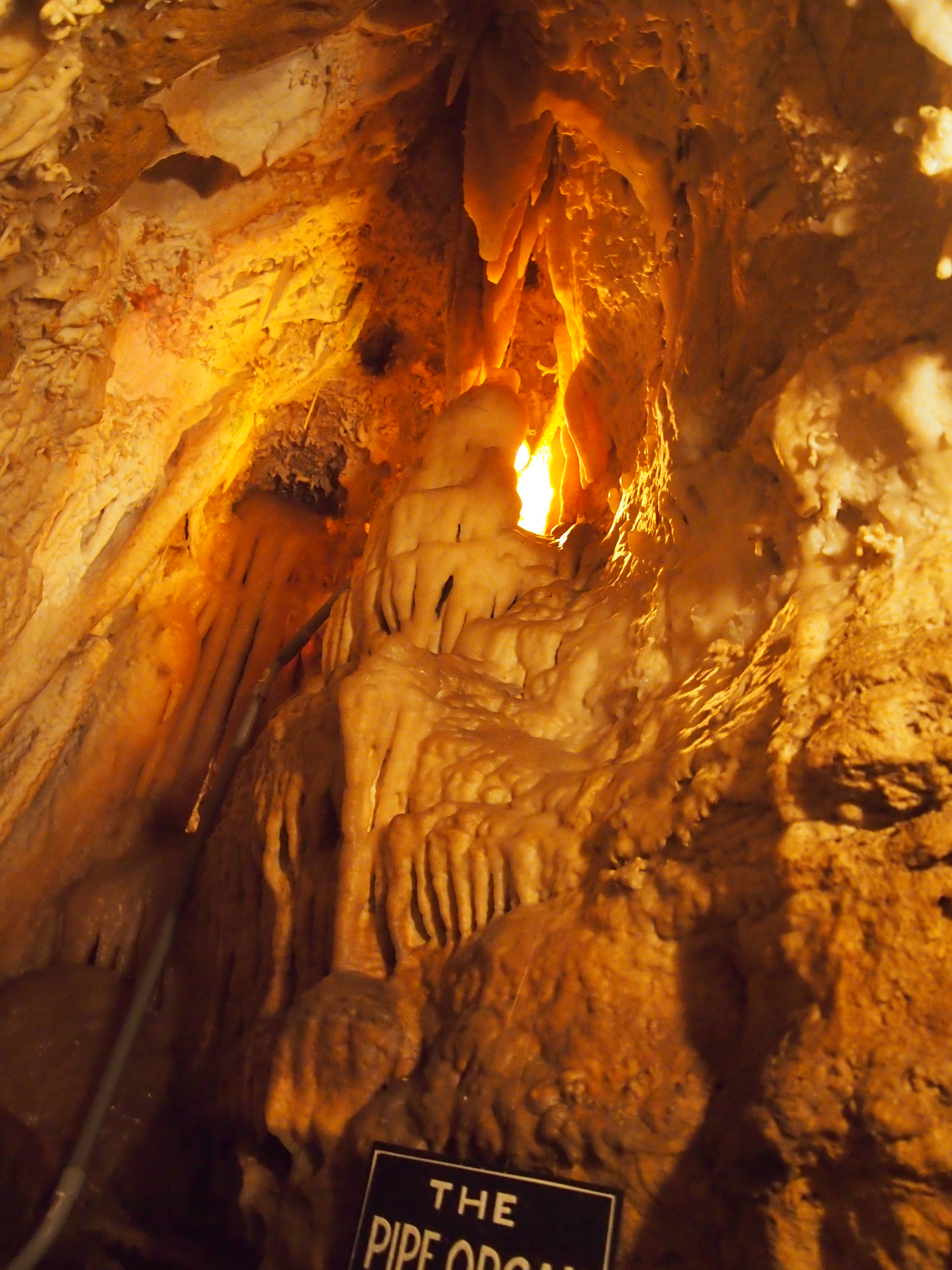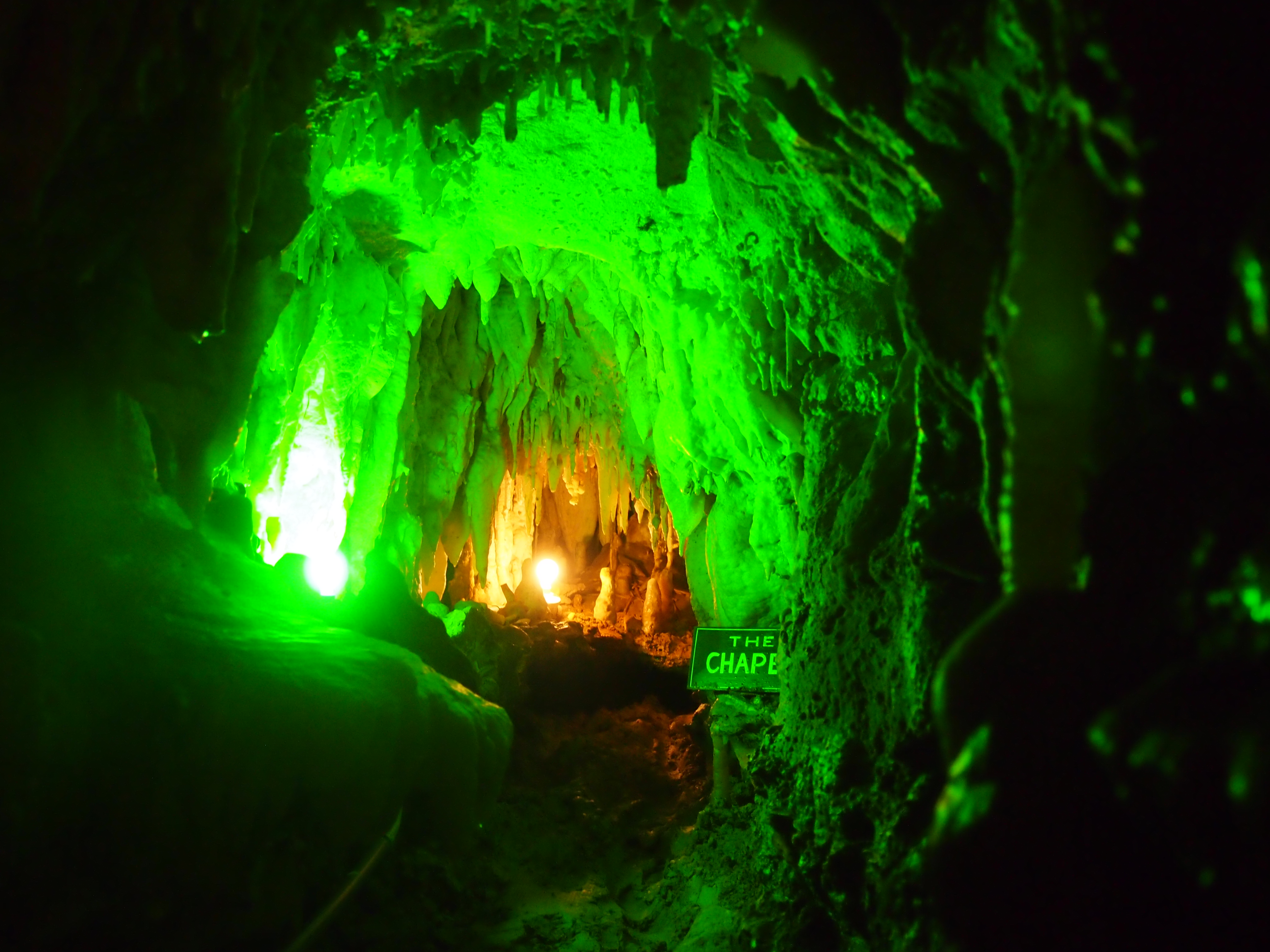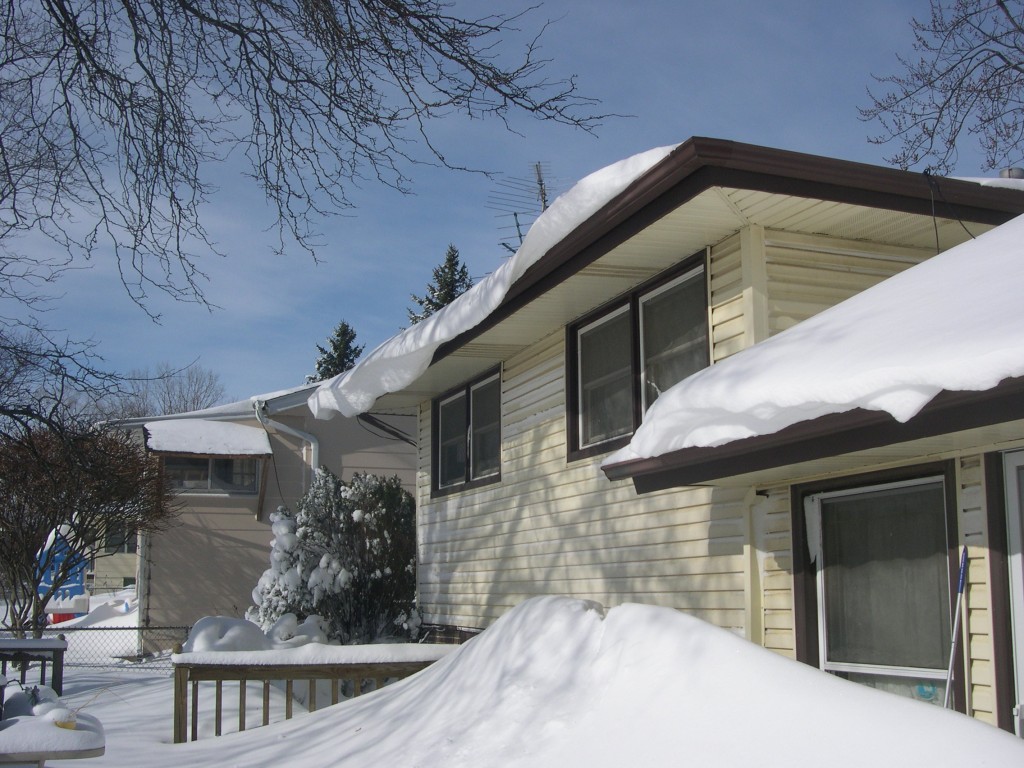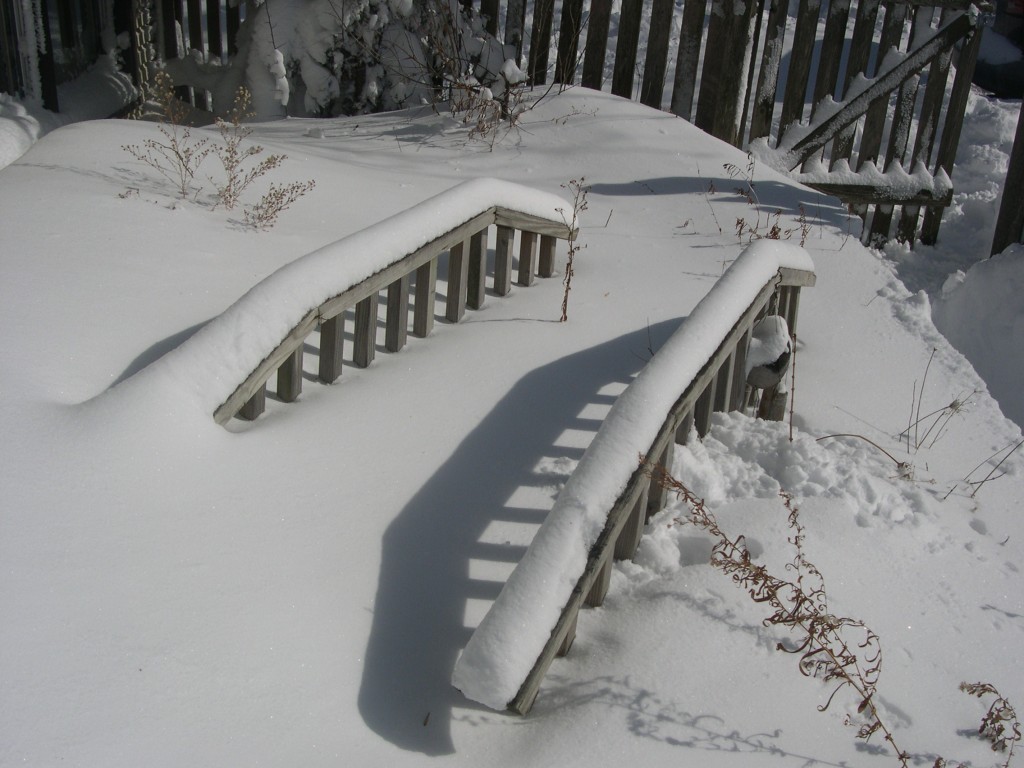During most of the day yesterday, and especially late into the evening, brisk winds blew around here. I fell asleep listening to the strong wind, and while that can be a soothing sound, it’s much better if you’re in rental property.
In the morning, when calm air had returned, there was no visible damage. Some items outside on the deck had been moved around, and a few small branches had fallen. It all made me wonder: if the rotation of the Earth ultimately moves the atmosphere, how is it that the wind isn’t always like that? Or worse, like it is on the gas giants, with their perma-storms? What makes a calm day on any part of the Earth?
When returning from Texas Sunday before last, the wind was up as the plane came in for its landing at Midway, making one of the bumpier approaches I’ve experienced lately. About two minutes before touchdown, when even the flight attendants had buckled down, suddenly one of them got up, wetted a towel, and dashed past me — I was on row six or seven — and helped clean up a few rows back, where a woman had thrown up. Then the flight attendant, navigating her way as the plane bumped around, made it back to her seat for the landing. Expert moves, clearly.
On Sunday, February 19, a few days before we arrived in the city, a handful of tornados hit San Antonio. According to the Express-News on the 21st: “The National Weather Service confirmed late Monday morning an EF-1 strength tornado with 105 mph and a path length of 4.5 miles touched down on Linda Drive near the Quarry shopping center.”
That’s a few blocks from my mother’s house.
Fortunately, an EF-1 is a weak tornado, or I’d be writing a very different post. As it was, she lost power for a while, and it looked like a neighbor’s fence had been damaged, though it’s possible the fence had already partly fallen through neglect. Otherwise my mother’s house wasn’t damaged.
A few days after the hit, we noticed some damage to a small shopping center a few blocks north of her house — bits of missing signage, broken tree limbs and roof problems, mostly. Also, some workmen were taking down a damaged ornamental brick wall at a nearby apartment complex. Better to have no tornadoes, but if you have to have one, a weak one is what you want.

